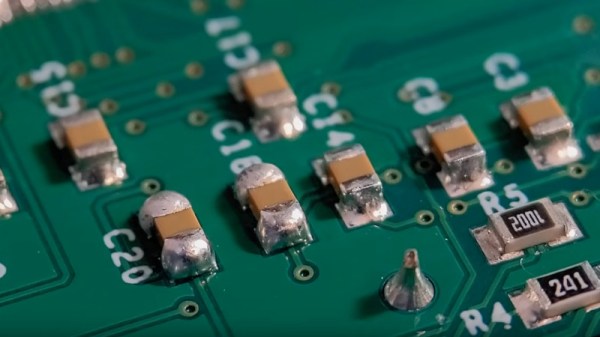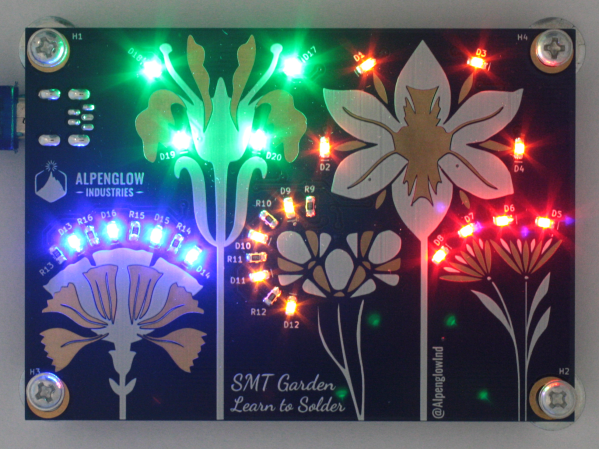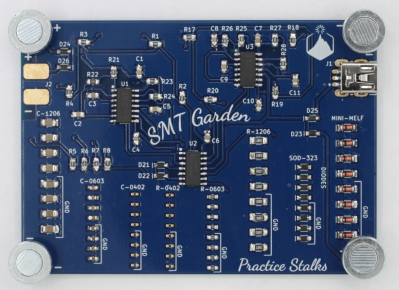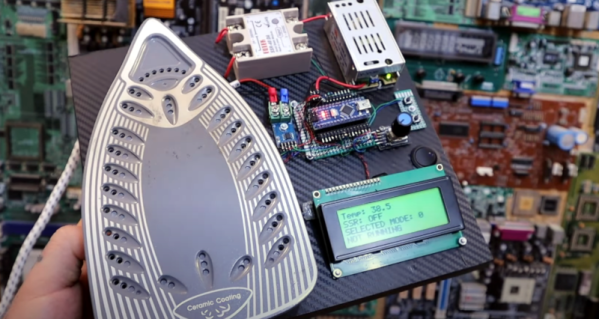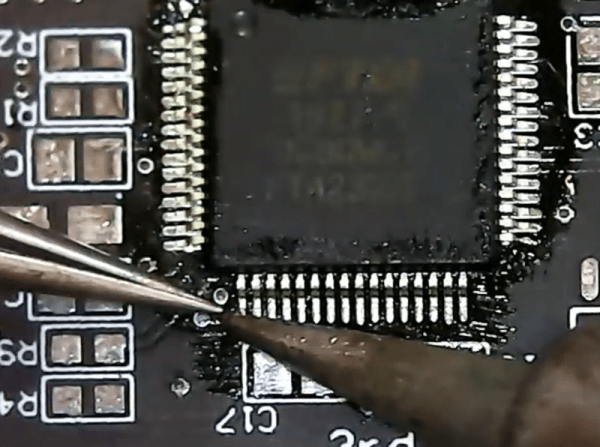When you are troubleshooting, it is sometimes useful to disconnect a part of your circuit to see what happens. If your new PCB isn’t perfect, you might also need to add some extra wires or components — not that any of us will ever admit to doing that, of course. When ICs were in sockets, it was easy to do that. [MrSolderFix] shows his technique for lifting pins on SMD devices in the video below.
He doesn’t use anything exotic beyond a microscope. Just flux, a simple iron, and a scalpel blade. Oh, and very steady hands. The idea is to heat the joint, gently lift the pin with the blade, and wick away excess solder. If you do it right, you’ll be able to put the pin back down where it belongs later. He makes the sensible suggestion of covering the pad with a bit of tape if you want to be sure not to accidentally short it during testing. Or, you can bend the pin all the way back if you know you won’t want to restore it to its original position.


